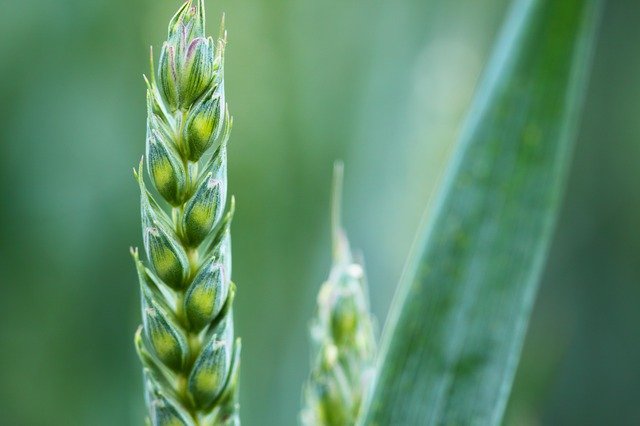Research & Studies

The article was written with the contribution of Gergely Tóth, iASK deputy-director and was released in Sustainability, 13(22).
Abstract
A case study in Indonesia of circular bioeconomy implementation was investigated by managing livestock wastes, especially goat manure (GM), which an excess of its availability may be adverse to the environment. The efficacy of this scenario to control pollution or to increase productivity still needs to be proven. Hence, this research aimed to study the possibility of circular bioeconomy implementation using biotic and abiotic resources in Indonesia under excessive nutrients (GM and mycorrhizal) on P. angulata production. Outdoor factorial container experiment was carried out using a randomized complete block design in Central Java, Indonesia. Treatments included four levels of GM (0, 10, 20, 30 g plant−1) and four levels of mycorrhizal (0, 10, 20, 30 g plant−1) applied in the soil with six replications. This case study revealed that the use of mycorrhizal inoculant and GM indicated no significant difference to most of P. angulata’s growth and yield parameters. The implementation of circular bioeconomy through integrated farming of P. angulata was not an instant solution for economic and environmental optimization, but can be considered as a way to tackle environmental problem due to the excessive livestock wastes. The environmental sustainability can be achieved step by step, without hindering farmers’ income.
Keywords: sustainable agriculture; Physalis angulata; integrated farming; phosphorus content
The article is available HERE with full text.
© 2017-2023, All Rights Reserved